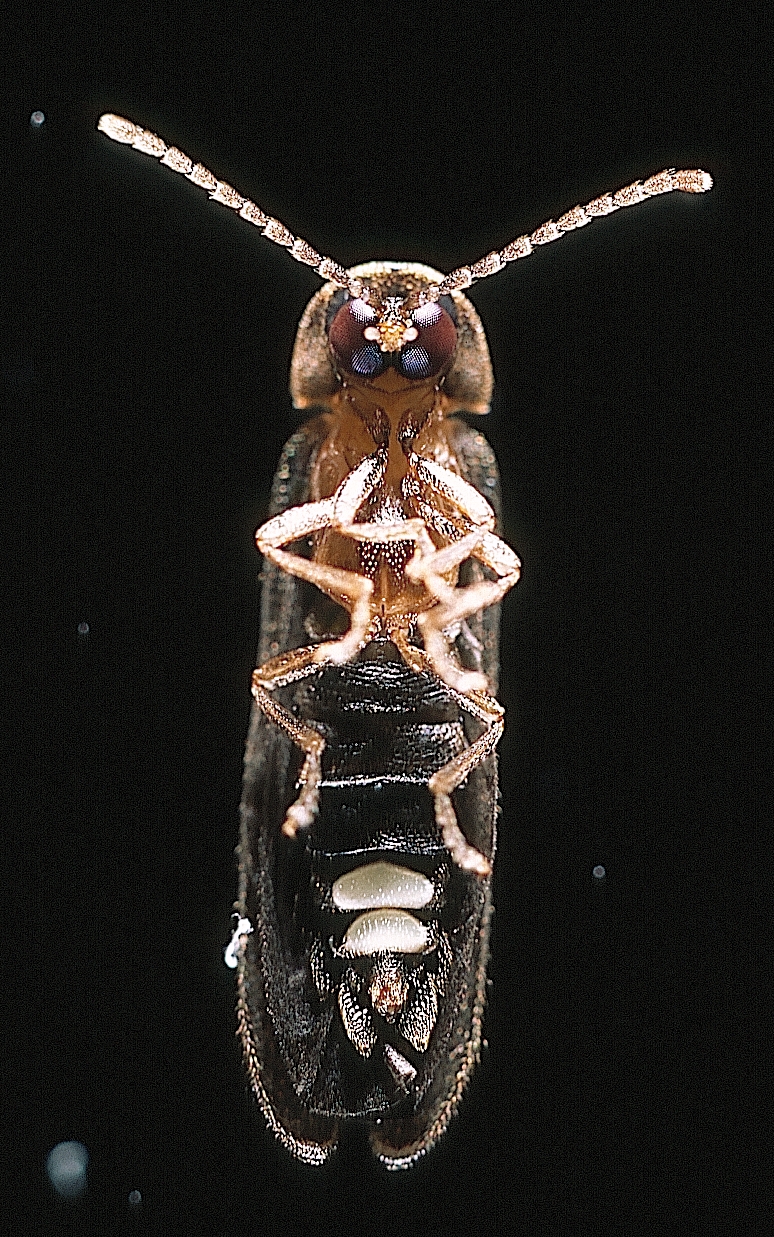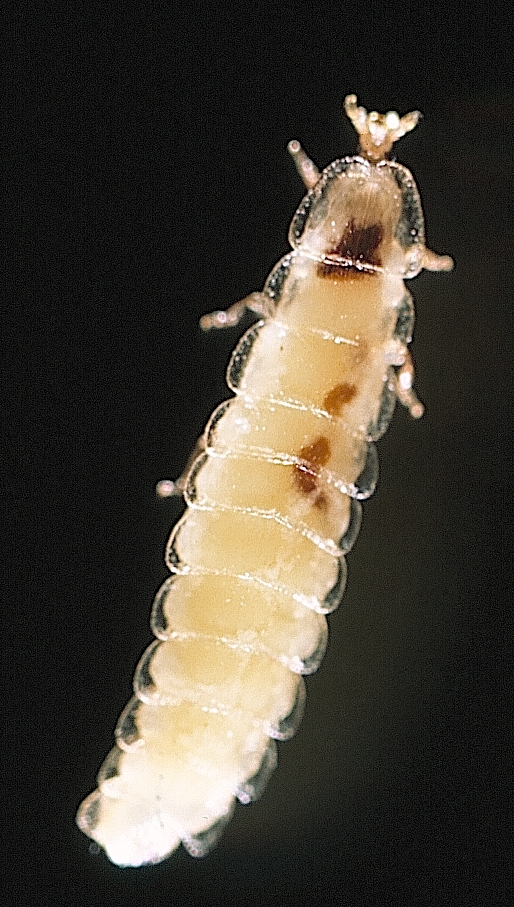It's that season again--the season of Blue Ghost Fireflies. Here in the Southern Appalachians, we are lucky to live alongside one (or two) of nature's real wonders. Both Blue Ghost Fireflies and Synchronous Fireflies can be found here and nowhere else in the world.
Blue Ghosts are tiny insects, about the size of a rice grain. They glow gently and constantly as they hover just about the forest floor. Many people have described how their glow is almost eerie, leaving the viewer wondering whether they are really seeing something natural or perhaps imagining it all. But thousands of people come to see if for themselves, from mid May until mid June throughout the Southern Appalachians.
Only the male Blue Ghosts can fly. The females are flightless and remain buried in the leaf litter of the forest floor until they are ready to mate with a male. Then they climb up onto a twig or bit of decaying leaf that sticks up from the forest floor and they glow, too, waiting for a male to find them. The Blue Ghosts are visible to us during this season because they are using their glows to "talk" with each other. We are able to oversee (overhear?) that communication.
A couple of wonderful articles have come out recently about the Blue Ghosts because so many people have become interested in the phenomenon. Perhaps because they occur nowhere else on Earth, or maybe because of the sheer beauty of their display, the Blue Ghosts have become a sight not to be missed. Raleigh's News and Observer, Charlotte's Observer, and Asheville's Citizens-Times have all run articles recently. Brevard's own Digital Media Productions is putting together a video.


